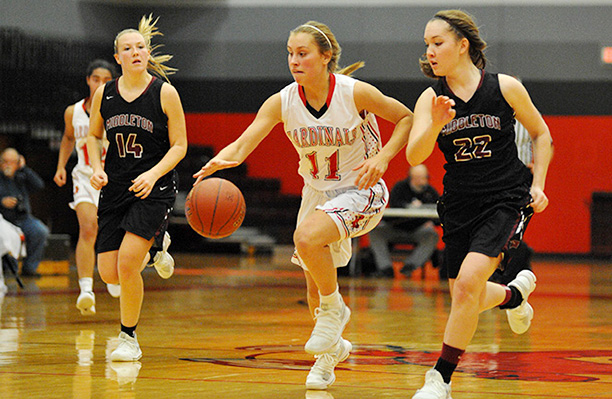5 facts about ATC in Special Warfare Training Wing
Across the country, athletic trainers are famous for wrapping ankles before games, rehabilitating sports-related injuries and running onto the field when a player hits the ground a little too hard.At the Special Warfare Training Wing, Matthew Corvo, an athletic trainer with the Special Warfare Operational Medicine Squadron, and the team of 13 athletic trainers partner with instructors to observe all high-risk training sessions and rehabilitate trainees who sustain musculoskeletal injuries.
 “When you work in more traditional settings, you may need to cancel practice and games due to high-risk conditions, such as heat,” Corvo said, “but we don’t do that here. After graduation, these candidates will be expected to complete missions even in extreme temperatures. In preparation for that, instead of cancelling training for the day, we work with instructors to implement heat mitigation strategies, such as removing helmets, implementing hydration strategies and making forearm ice water immersion available. These are all measures operators could take in the field to prevent heat injury.”
“When you work in more traditional settings, you may need to cancel practice and games due to high-risk conditions, such as heat,” Corvo said, “but we don’t do that here. After graduation, these candidates will be expected to complete missions even in extreme temperatures. In preparation for that, instead of cancelling training for the day, we work with instructors to implement heat mitigation strategies, such as removing helmets, implementing hydration strategies and making forearm ice water immersion available. These are all measures operators could take in the field to prevent heat injury.”
In honor of National Athletic Training Month, Corvo shared a few facts about Special Warfare athletic trainers:
- The athletic training team holds bi-annual, hands-on seminars with all Special Warfare Training Wing instructors and medical staff to teach them how to recognize and mitigate heat illness. The athletic trainers have extensive cooling and monitoring procedures in place in case candidates do overheat, and the seminars empower all cadre to help watch for signs of heat illness.
- Athletic trainers are part of a larger human performance team, comprised of sports medicine physicians, physical therapists, physician assistants, occupational therapists, paramedics, operational psychologists, dieticians, religious support personnel and Independent Duty Medical Technicians. This approach to holistic care ensures candidates stay in top physical, mental and spiritual shape as they tackle what is for many of them the most physically demanding training of their lives.
- The Special Warfare Training Wing has its own Research Flight in the Special Warfare Human Performance Squadron that works closely with the athletic trainers to provide data and insights that keep the human performance team on the cutting edge of best practices.
- All the athletic trainers are certified and licensed healthcare professionals who are qualified to work with both candidates and eligible Special Warfare Training Wing permanent party who need sports medicine attention.
- The most common injuries Special Warfare Training Wing athletic trainers encounter are muscle strains, heat illness, and bone stress injuries.
“Working within the human performance team gives us access to a wide range of therapies and specialties so each candidate gets the best-personalized care for their unique rehabilitation,” Corvo said. “The team is great, and it’s an exciting environment to work in.”
Any athletic trainer interested in joining the team should seek open positions on usajobs.gov.







